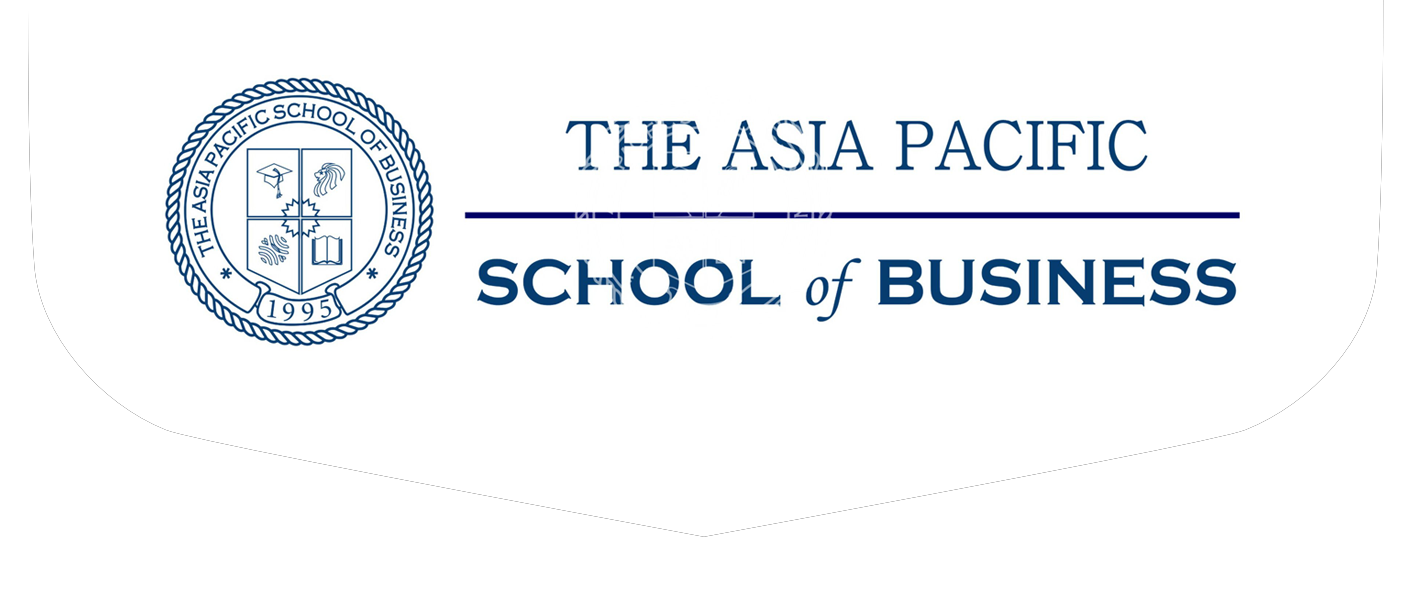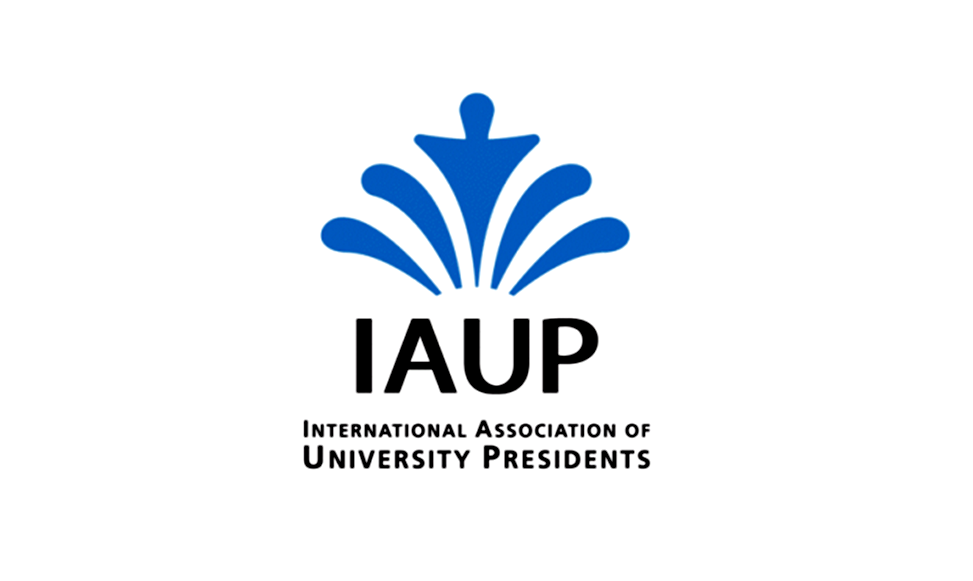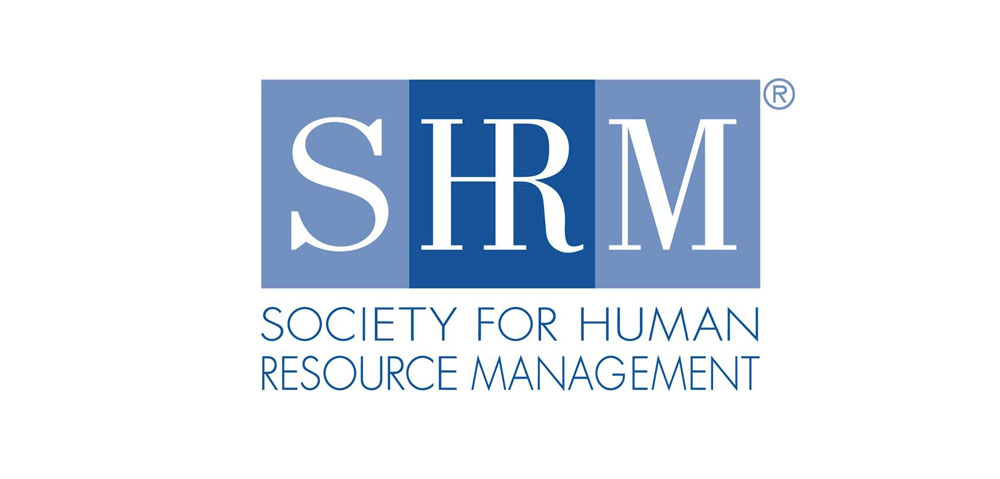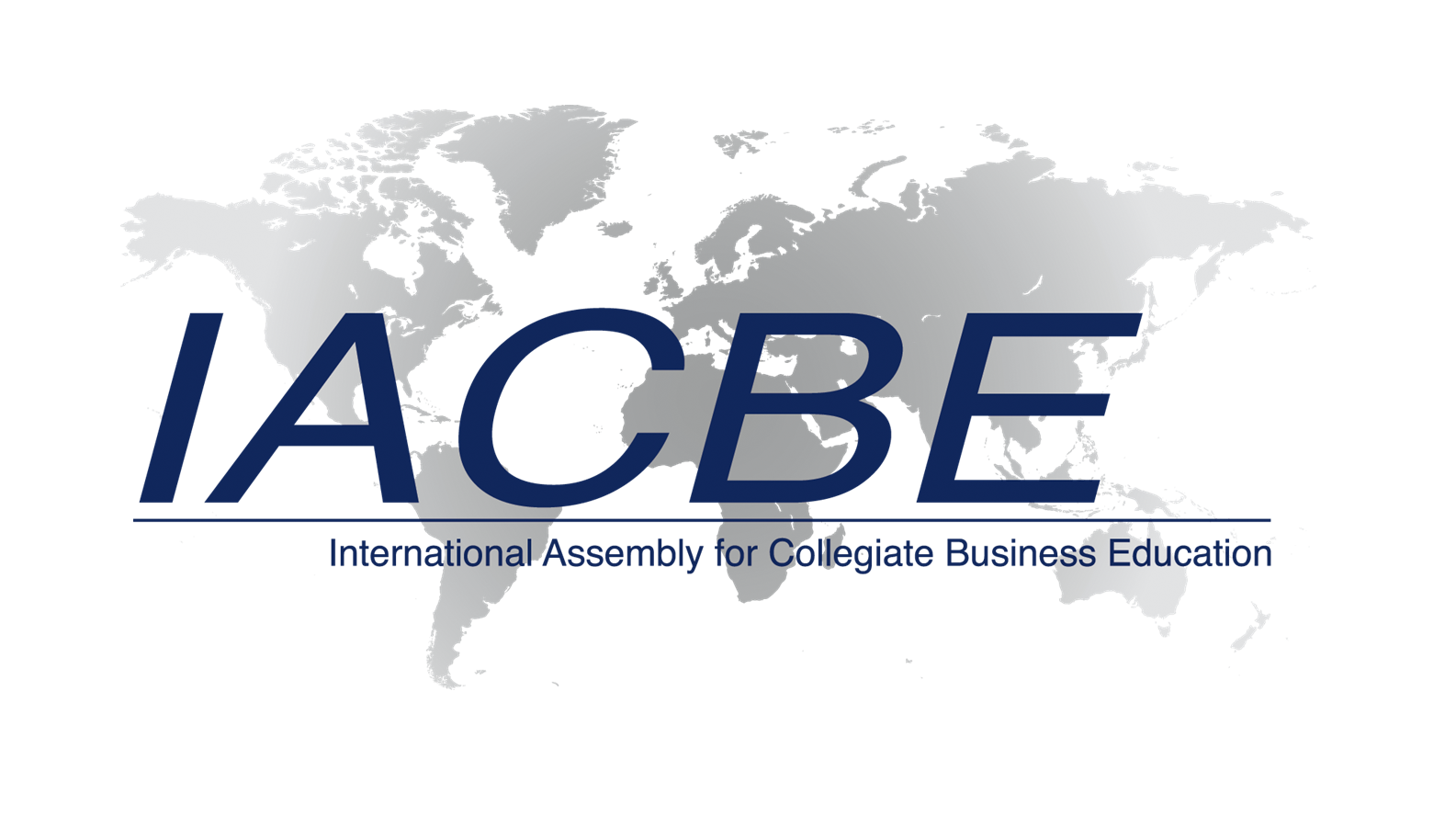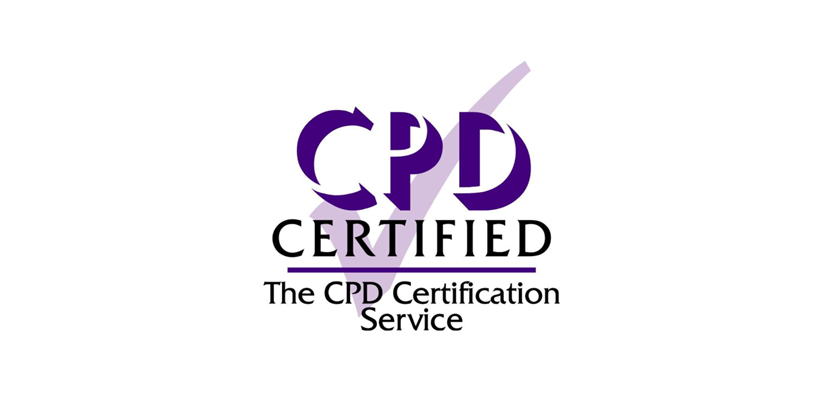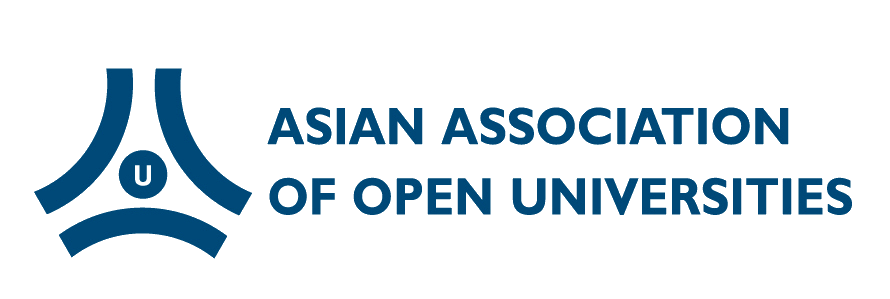Events
Rethinking the Role and Transformation of Universities in the 21st Century

Rethinking the Role and Transformation of Universities in the 21st Century
Bridging the Gap between Academia and Society
Dr. Jianyin Yiyan, Rotating Chairman of the Board of Trustees,The Asia Pacific School of Business
Abstract:This paper critically examines the perception that universities are lagging behind societal development. It delves into the relationships among academic theory, Nobel laureates, and corporate leadership, and analyzes the limitations of case - based assumptions. By presenting evidence of the significant contributions universities make in knowledge innovation, talent cultivation, and social services, the paper argues for the transformation of university functions. It emphasizes the need for universities to integrate knowledge transfer with practical skills development, and to engage more deeply with society and the world. The proposed transformation strategies include promoting interdisciplinary research, strengthening industry - university cooperation, and reforming the curriculum to meet the demands of the 21st - century knowledge - based economy.
1. Introduction
In contemporary society, there exists a prevalent yet somewhat one - sided view that universities have fallen behind the pace of social development. Statements such as "academic theory cannot cultivate Nobel laureates" and "doctoral education cannot produce leaders for Fortune 500 companies" have been circulating. People often question whether, if individuals like Liang Wenfeng or Mark Zuckerberg had continued their doctoral studies, they could have achieved the same entrepreneurial feats, like founding DeepSeek or Facebook. These questions prompt a fundamental re - evaluation of the role and effectiveness of universities in the current social context.
The rapid development of technology and globalization has brought new challenges and opportunities to higher education. According to a report by the World Economic Forum (2023), the skills required in the job market are evolving at an unprecedented rate, with 65% of children entering primary school today expected to work in jobs that do not currently exist. This rapid change has led some to question whether universities, with their traditional academic structures and curricula, can keep up with the demands of modern society. However, it is essential to analyze this perception based on empirical evidence rather than anecdotal cases.
2. The Alleged Gap between Universities and Society
2.1 The Underestimation of Academic Theory in Producing Nobel - caliber Achievements
Critics claim that academic theory within universities is divorced from real - world innovation that leads to Nobel - worthy discoveries. However, a comprehensive look at Nobel laureates reveals a different story. For instance, over 98.7% of Nobel science laureates from 1901 - 2022 held doctoral degrees, and 92% were affiliated with universities or research institutions (data from Nobel Foundation analysis). The development of quantum mechanics, which has won numerous Nobel Prizes in Physics, was initially nurtured within the academic environment. The theoretical frameworks established by scholars in universities provided the groundwork for experimental verifications and subsequent technological applications.
In the field of medicine, the majority of Nobel laureates in Physiology or Medicine have conducted their research in university - affiliated laboratories. According to a study by the International Society for Academic Medicine (2022), 89% of Nobel - winning medical research projects were initiated or carried out in university settings. For example, the discovery of mRNA vaccines, which has been crucial in the fight against the COVID - 19 pandemic, was based on decades of academic research in universities. Katalin Karikó, a key figure in the development of mRNA vaccine technology, conducted her early research at the University of Pennsylvania, and her work was later translated into practical applications by industry partners.
2.2 The Misconception about Doctoral Education and Business Leadership
The argument that doctoral education fails to produce leaders for major corporations is also inaccurate. A significant number of Fortune 500 CEOs possess advanced degrees. According to a 2023 survey by Harvard Business Review, 63% of Fortune 500 CEOs have a master's degree or higher, and 18% hold doctoral degrees. For example, Microsoft's CEO Satya Nadella holds a master's and a doctorate in computer science. Doctoral education equips individuals with systematic thinking, research skills, and in - depth knowledge in their fields. These skills are transferable to the business world, enabling leaders to solve complex problems, drive innovation, and make strategic decisions.
In the technology industry, companies are increasingly relying on individuals with doctoral - level expertise. A report by McKinsey (2023) shows that in the artificial intelligence and machine learning sectors, 72% of senior research and development positions are held by individuals with doctoral degrees. These professionals not only contribute to the technological advancement of the companies but also play a crucial role in leading teams and formulating long - term strategies.
2.3 The Fallacy of Case - based Assumptions
Using individual cases like Liang Wenfeng or Mark Zuckerberg to generalize about the ineffectiveness of higher education is a logical fallacy. It represents a form of survivor bias, as it focuses only on the successful dropouts while ignoring the vast number of highly educated individuals who have achieved great success in business. According to a study by the National Bureau of Economic Research (2022), among the top 1000 entrepreneurs in the United States, 78% have at least a bachelor's degree, and 45% have advanced degrees. Additionally, it fails to consider the long - term value of education. Zuckerberg, although he dropped out of Harvard, was exposed to a high - quality academic environment that provided him with essential knowledge and a network of contacts.
Moreover, the success of these individuals is not solely due to the lack of a formal degree. A study by Stanford University (2023) on entrepreneurial success factors found that factors such as access to capital, market timing, and the ability to build a strong team are equally, if not more, important than educational attainment. In fact, many successful entrepreneurs who dropped out of university later return to education to acquire the skills and knowledge needed to scale their businesses.
3. The True Value of Universities in Society
3.1 Knowledge Innovation
Universities are the epicenters of knowledge creation. Many of the most significant technological breakthroughs in recent decades, such as the development of the Internet, originated from academic research. The ARPANET project, which laid the foundation for the Internet, was funded by the U.S. government and carried out in collaboration with universities. According to the National Science Foundation (2023), U.S. universities receive approximately $60 billion in research funding each year, accounting for 55% of all federal research and development expenditures in the country.
Universities also contribute to emerging fields like artificial intelligence. A report by the OECD (2023) shows that 70% of the fundamental research papers in artificial intelligence are published by researchers affiliated with universities. The algorithms and theories that underpin modern AI were developed in academic research labs, and these findings are continuously refined and applied in industry. For example, the development of deep learning algorithms, which have revolutionized the field of AI, was largely driven by academic research at institutions such as the University of Toronto and the Massachusetts Institute of Technology.
3.2 Talent Cultivation
Universities play a crucial role in nurturing a diverse range of talents. They provide a structured learning environment where students can develop critical thinking, problem - solving, and communication skills. The global workforce is increasingly reliant on university - educated individuals. According to the United Nations Educational, Scientific and Cultural Organization (UNESCO, 2023), the number of university graduates worldwide has increased from 100 million in 2000 to over 250 million in 2023. In the high - tech industry, for example, software engineers, data scientists, and bioengineers are all products of university education. A study by the World Bank shows that countries with higher enrollment rates in higher education tend to have higher rates of economic growth, indicating the positive impact of university - educated labor forces on the economy.
In addition, universities are increasingly focusing on developing soft skills, such as leadership, teamwork, and adaptability. A survey by the Association of American Colleges and Universities (2023) found that 85% of employers value these soft skills as highly as technical skills. Universities are responding to this demand by incorporating more experiential learning, group projects, and leadership development programs into their curricula.
3.3 Social Services
Universities offer various forms of social services. They engage in community development projects, provide expert advice to governments and businesses, and contribute to cultural and social change. Stanford University, through its proximity to Silicon Valley, has directly contributed to the growth of the technology industry. Its research findings have been commercialized, and its alumni have founded many successful companies. According to a report by the Stanford University Office of Technology Licensing (2023), over 1000 companies have been spun - off from Stanford research over the past decade, generating billions of dollars in economic value.
Additionally, universities often provide public services such as free clinics run by medical schools and environmental research that informs public policy. A study by the European University Association (2023) shows that 70% of European universities are involved in at least one form of public service, such as providing legal advice to low - income communities or conducting research on sustainable urban development.
4. The Transformation of University Functions
4.1 From Knowledge Transmission to Knowledge - to - Ability Conversion
Traditional universities have primarily focused on knowledge transfer. However, in the 21st century, universities need to shift their focus to teaching students how to convert knowledge into practical abilities. This requires a change in the curriculum design. For example, instead of solely theoretical courses, more project - based and practical courses should be introduced. Engineering students could work on real - world engineering projects, collaborating with industry partners. Business students could participate in internships and case - based learning, where they apply business theories to actual business scenarios.
According to a global survey by the International Association for College Admission Counseling (2023), 80% of universities are currently revising their curricula to include more practical components. For example, the Massachusetts Institute of Technology (MIT) has developed a "Micro Masters" program, which combines online courses with real - world projects. Students who complete this program not only gain in - depth knowledge in their fields but also develop practical skills that are highly valued by employers.
4.2 Strengthening the Integration with Society
4.2.1 Industry - University Collaboration
Universities should enhance their cooperation with industries. This can be achieved through joint research projects, internships, and the establishment of technology transfer offices. In the UK, universities like Cambridge have a long - standing tradition of collaborating with local and international industries. Their technology transfer offices help commercialize research findings, and students have ample opportunities to work on industry - sponsored projects, which not only benefits the industries but also equips students with practical skills.
According to a report by the UK's Higher Education Policy Institute (2023), the annual income from industry - university collaborations in the UK has increased from £1 billion in 2010 to £3.5 billion in 2023. In the United States, the Bayh - Dole Act of 1980 has been instrumental in promoting technology transfer from universities to industry. Since the implementation of this act, the number of patents filed by U.S. universities has increased by over 500%, and thousands of new companies have been founded based on university - developed technologies.
4.2.2 Interdisciplinary Research and Education
To address complex real - world problems, universities need to promote interdisciplinary research and education. Global challenges such as climate change, sustainable development, and healthcare require a combination of knowledge from different disciplines. Universities can establish interdisciplinary research centers, where scholars from fields like environmental science, engineering, and social sciences work together. In education, interdisciplinary majors or minors can be offered, allowing students to gain a broader perspective and develop cross - disciplinary skills.
A study by the National Academy of Sciences (2023) found that interdisciplinary research projects are 30% more likely to result in high - impact publications compared to single - discipline projects. Many universities have already taken steps to promote interdisciplinary research. For example, the University of California, Berkeley, has established the Berkeley Energy and Climate Institute, which brings together researchers from various fields to address energy and climate - related issues.
4.2.3 Global Engagement
In the era of globalization, universities should engage more with the international community. This includes student and faculty exchanges, joint international research projects, and the adoption of international standards in education. Universities in Europe, such as the Erasmus Mundus program, facilitate student mobility across European countries. By interacting with different cultures and educational systems, students can develop a global mindset, which is essential in the 21st - century job market.
According to UNESCO (2023), the number of international students worldwide has reached 6 million, and this number is expected to grow to 8 million by 2030. Many universities are also participating in joint international research projects. For example, the Human Brain Project, a large - scale international research initiative, involves over 100 universities and research institutions from across Europe and beyond, working together to understand the human brain.
5. Conclusion
The perception that universities are lagging behind social development is a misnomer. Universities have always been, and continue to be, fundamental to the progress of society in terms of knowledge innovation, talent cultivation, and social services. However, to better meet the challenges of the 21st century, universities must transform their functions. They need to shift from being knowledge - transmission institutions to places that cultivate practical abilities, and they must integrate more deeply with society and the global community. By promoting interdisciplinary research, strengthening industry - university cooperation, and engaging in global education, universities can continue to play a leading role in driving social, economic, and technological development. The transformation of universities is not only necessary for their own survival but also crucial for the sustainable development of the entire society. Future research could further explore the specific implementation strategies and the long - term impact of these transformations on different regions and disciplines.
